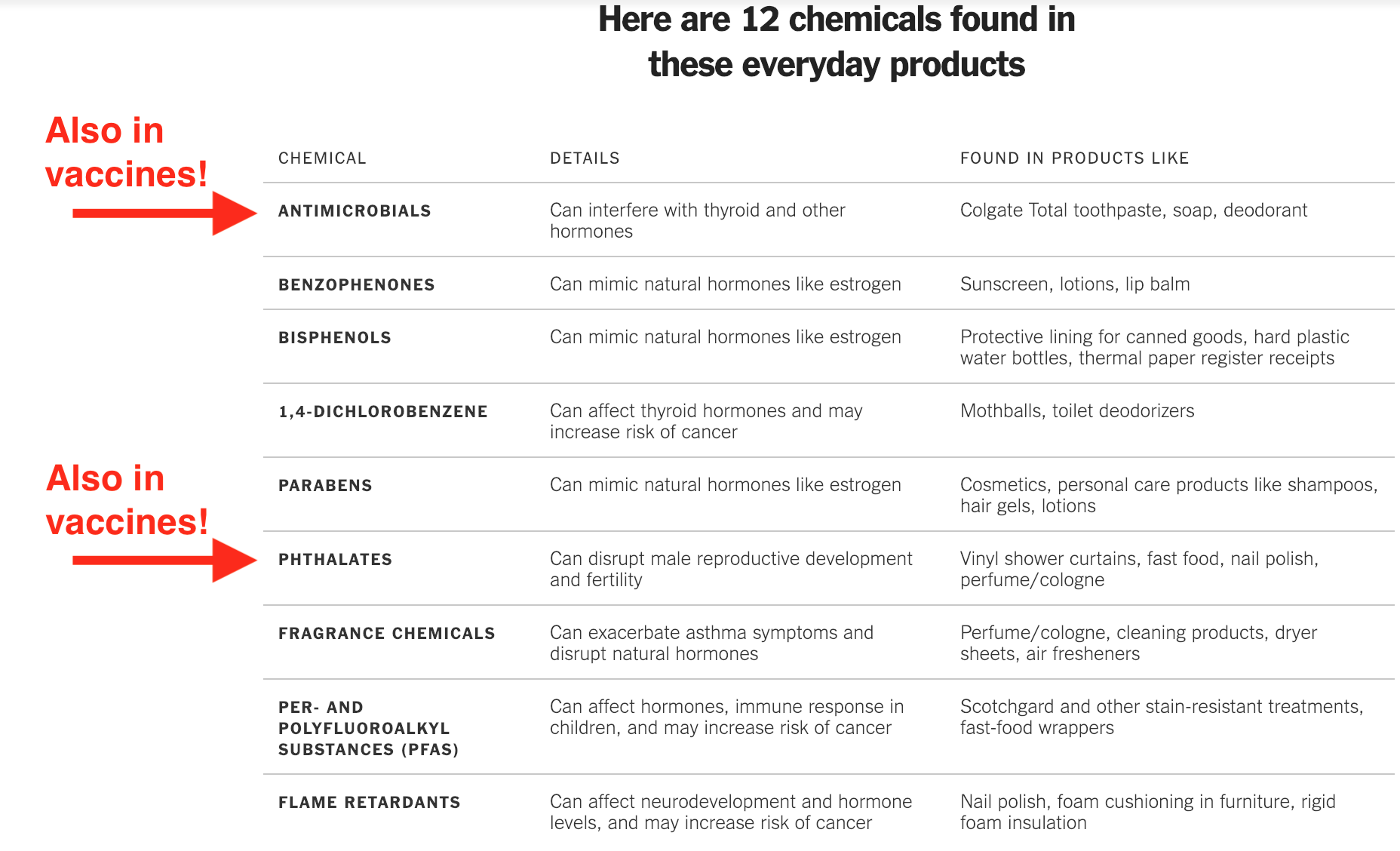The New York Times has done something that it very rarely does: It wrote an editorial in support of biotechnology.
The piece, titled "How to Inoculate Against Anti-Vaxxers," is surprisingly good. It correctly stays away from politics, which is smart, since anti-vaxxers can be found on both sides of the aisle. It also offers some helpful tips on how to fight back against anti-vaccine ideology, such as toughening state laws on vaccine exemptions and strategically countering misinformation before it goes viral (no pun intended).
There are only two things wrong with the editorial, one minor, one major.
First, the minor problem. The editorial says, "[V]accine hesitancy is as American as can be." That statement gives the false impression that anti-vaxxers can only be found in America. Unfortunately, anti-vaxxers are found in a number of rich countries, and their influence is increasing throughout Europe. Despite measles ravaging the continent, the French are downright scared of vaccines, with more than 40% of the public believing that vaccines are unsafe. (By comparison, under 15% of Americans share that belief.)
The New York Times Routinely Spreads Misinformation About Chemicals
The second problem with the editorial is much bigger. The NYT has a long history of spreading misinformation about chemicals and GMOs. That seriously undermines its important message about vaccines.
Consider this statement from the editorial: "Yes, there are chemicals in vaccines, but they are not toxic." That is 100% correct. (The dose makes the poison.) However, the New York Times has written dozens of articles claiming the exact opposite, namely, that chemicals are dangerous.
One of the biggest offenders is columnist Nicholas Kristof. He recently wrote an article with the not-so-subtle headline "What Poisons Are in Your Body?" which detailed all the horrifying chemicals in toothpaste, soap, shower curtains, and various other household products. The intention was clear: to scare people. (See below.)

Funnily enough, antimicrobials were on Mr. Kristof's list of scary things because they "can interfere with thyroid and other hormones." Do you know where else you can find antimicrobials? Vaccines. Phthalates are another chemical boogeyman because of their alleged endocrine disruptor ability. Yep, they're in vaccines, too. And in 2014, the New York Times ran an editorial about the dangers of formaldehyde in household products. You can probably guess where this is going: Some vaccines contain formaldehyde.
As it turns out, the very chemicals that the New York Times has been scaring people about for years are also in the vaccines they are now promoting. Some of their loyal readers could get confused.
The New York Times Editorial Board Is Scientifically Illiterate
To be crystal clear, we are 100% in favor of vaccination. Our point is that the scientific illiteracy of the New York Times is why they can embrace the scientific consensus on vaccines while rejecting the scientific consensus on chemicals and GMOs. Apparently, they don't understand that the basic tenet of toxicology -- "the dose makes the poison" -- is true whether we are discussing vaccines, pesticides, or nail polish.
The NYT editorial in support of vaccines was a good start. Now, they should do one for chemicals and GMOs.




